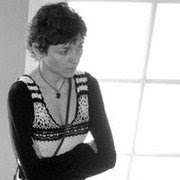Du Plessix Gray, Francine. Soviet Women: Walking the Tightrope. 1991.
Stereotypically cold, characteristically large, disgusting, unmovable, and inhuman, these Soviet women pass, from mother to daughter, from woman to woman, from teacher to pupil, the self-destructive loathing which defines them and which they have grown to hate. Overburdened, they deny help from anyone, especially their spouses; unhelped, they become bitter; embittered, they scorn men and purge them from society. Stiffly, they are proud of their proudness, yet inside, they yearn for tenderness, which they can only obtain from their daughters. Men are disposable; women are emotionally destroyed. How can one survive in such a society?
Of particular interest to me was the chapter about reproductive issues. Due to a lack of education about reproduction, contraception, and options, in her lifetime, a woman averages nine abortions. Only two of them are performed legally, in a clinic, under dire third-world conditions. The others are performed in underground clinics in even worse conditions. Abortion is considered a ritual cleansing, meant to be embraced and anticipated like a well-needed shower after a long hike in the wilderness. Childbirth is worse. Women labor with no support, on their backs, in rooms of three women or more, as rats scuttle along the walls and a drill-sergeant-nurse walks up and down the squalid room, exclaiming: "On your backs, girls. Quit your yelping. You sexed your filthy selves into this mess, now own up and take it like a woman." Men are nonexistent; women are painfully undervalued. How can one be born in such a society?
One woman's path through doula training, childrearing, and a computer science Ph. D. program
Subscribe to:
Post Comments (Atom)




No comments:
Post a Comment